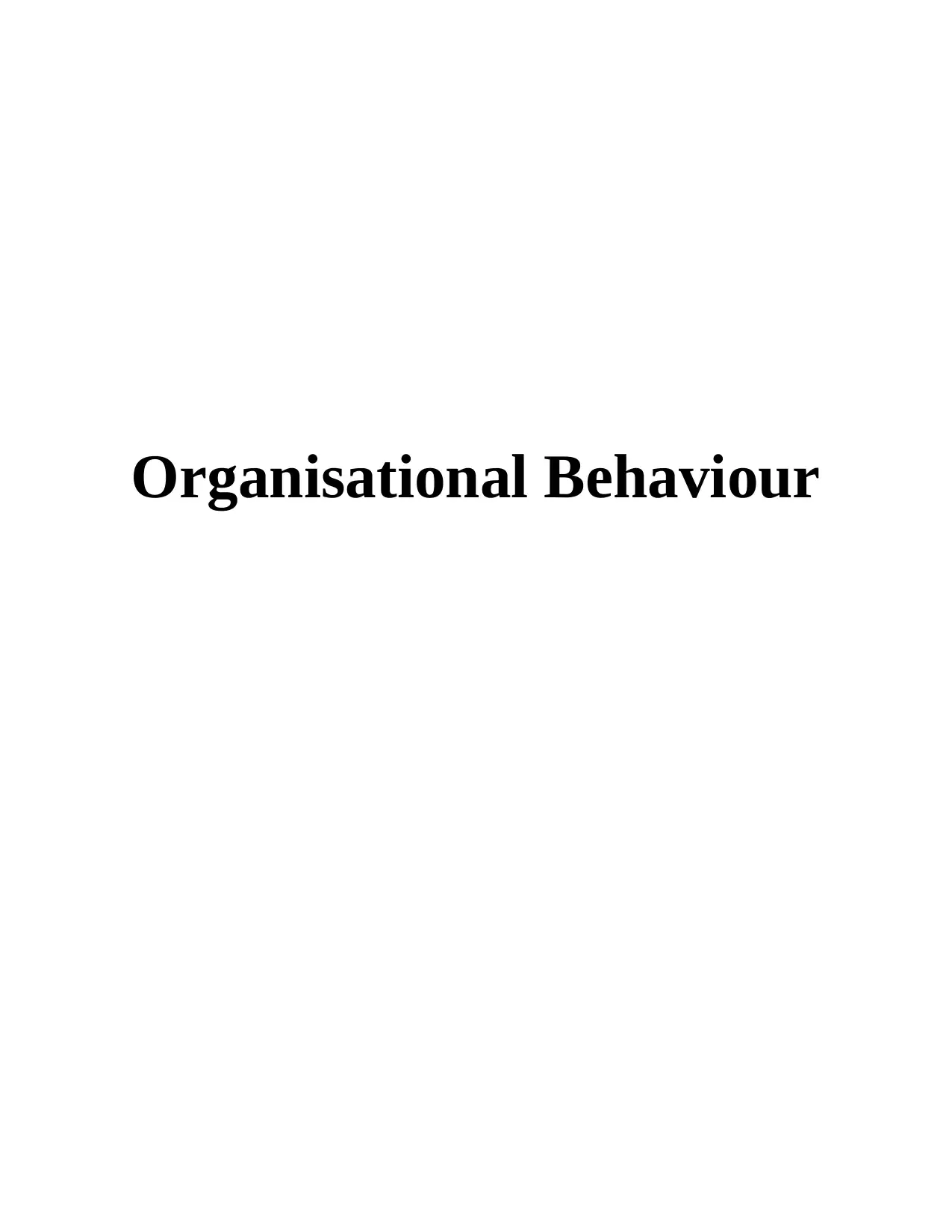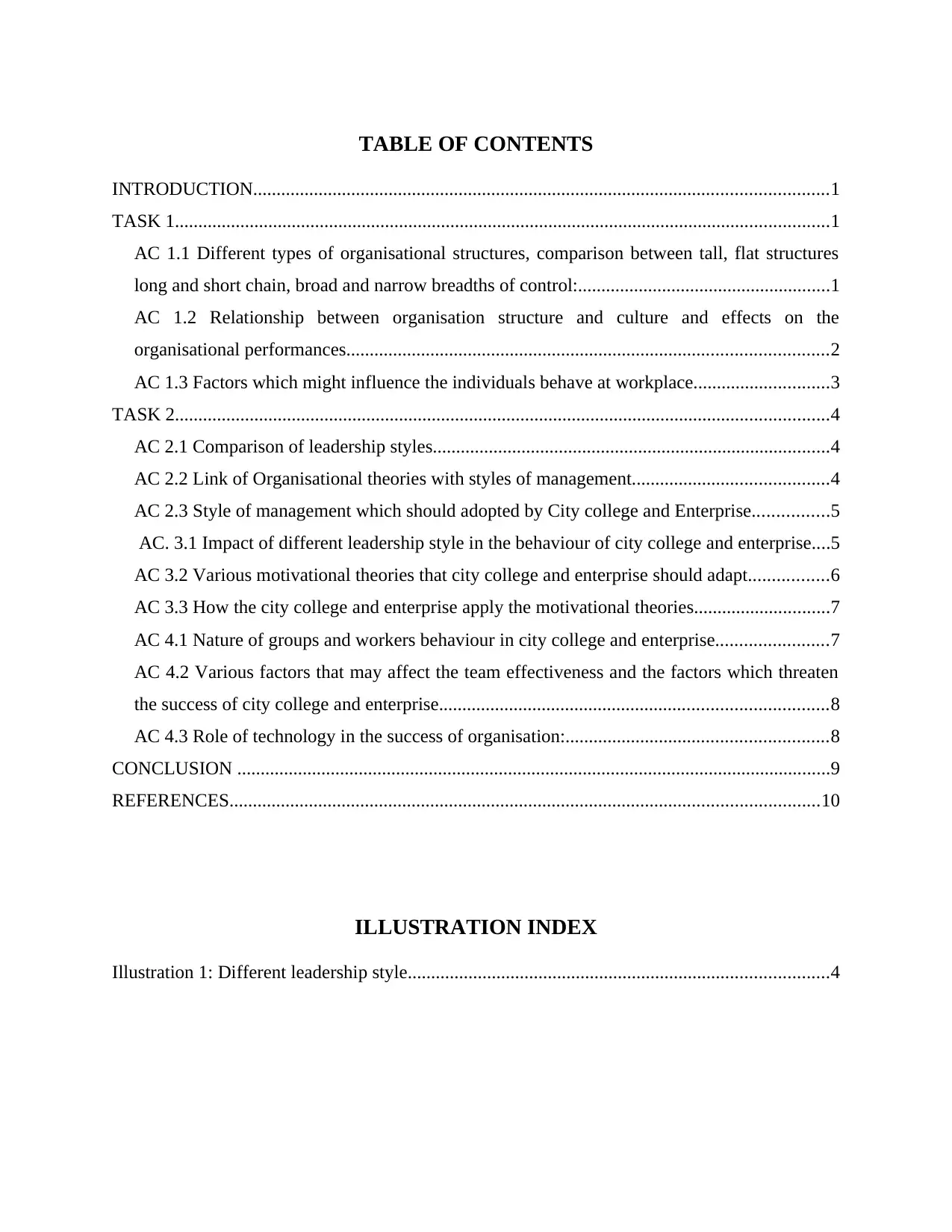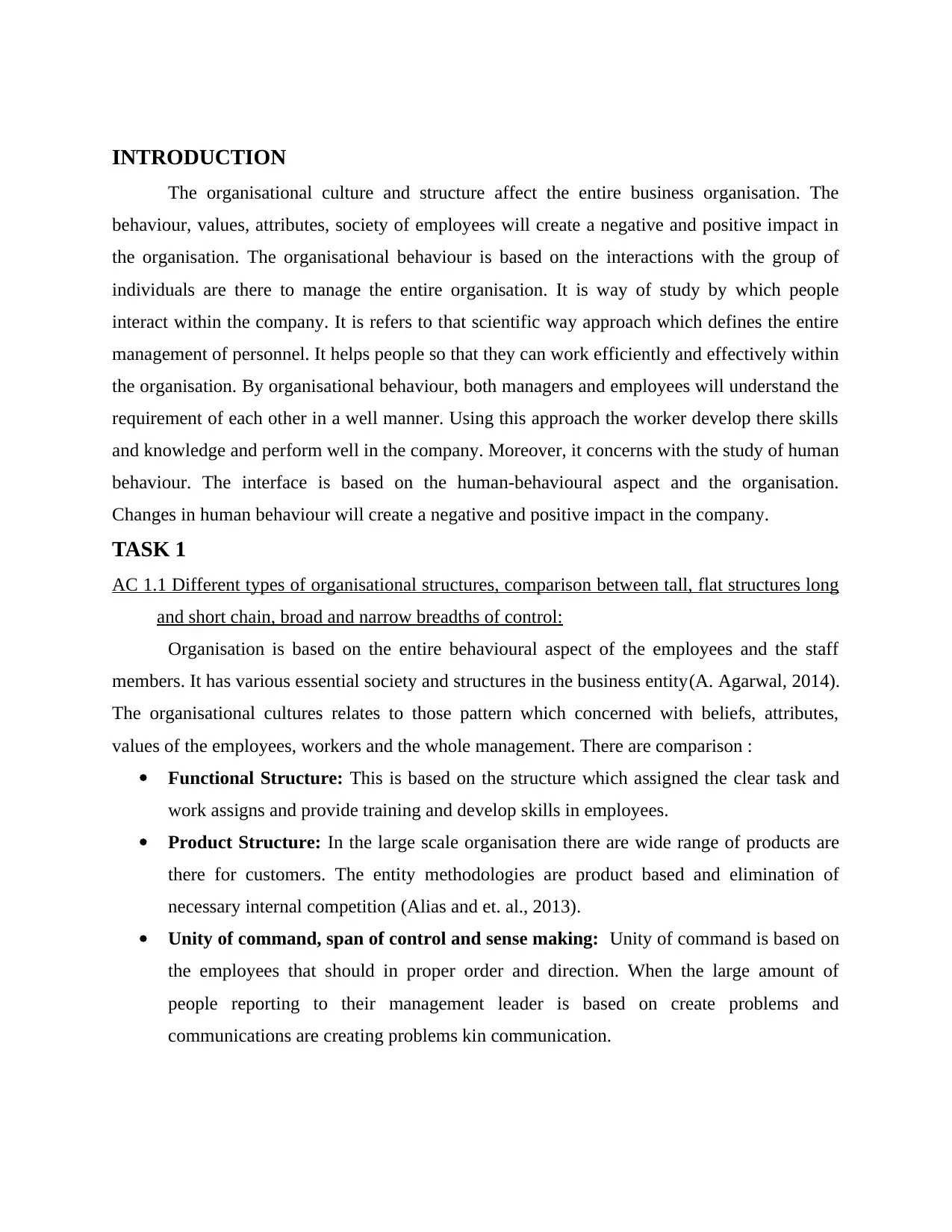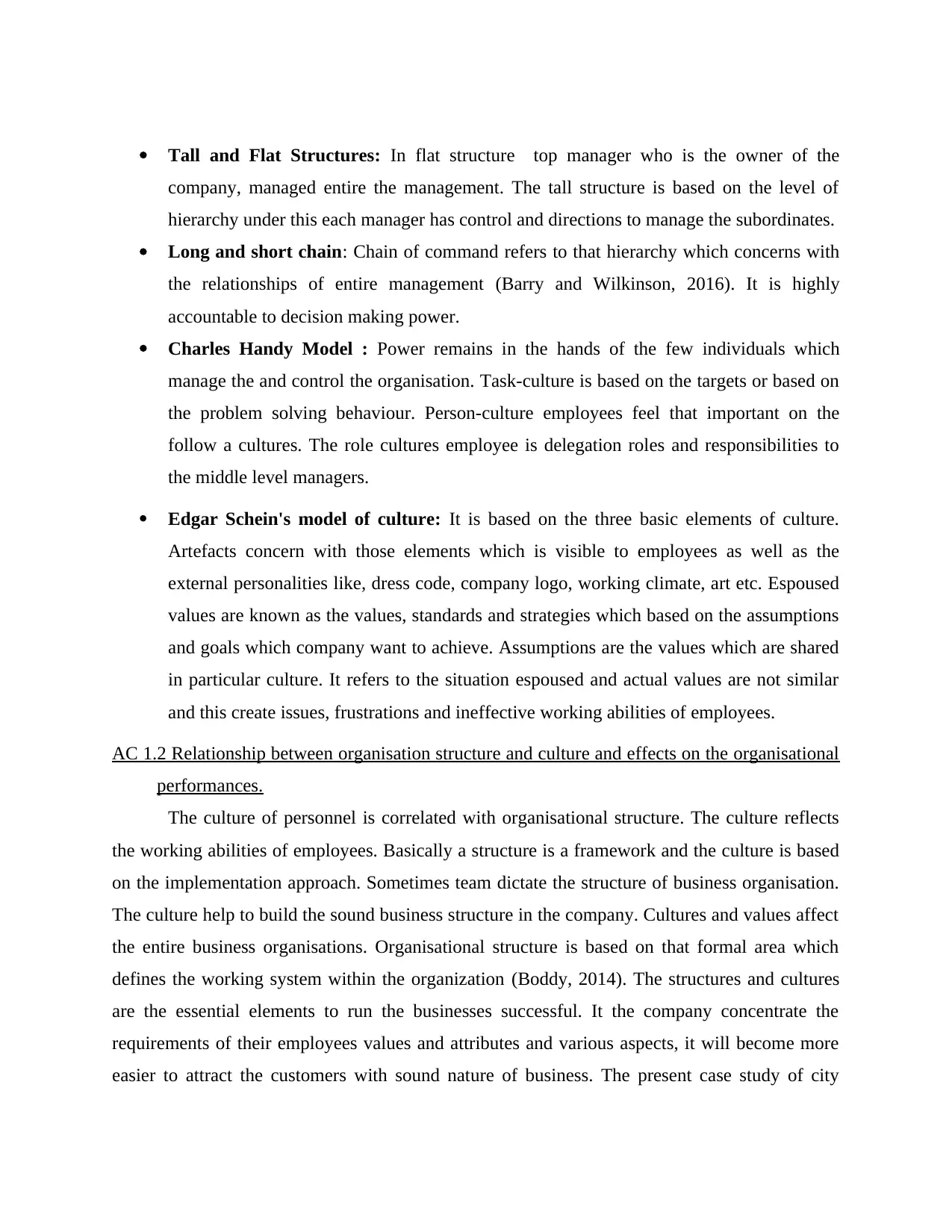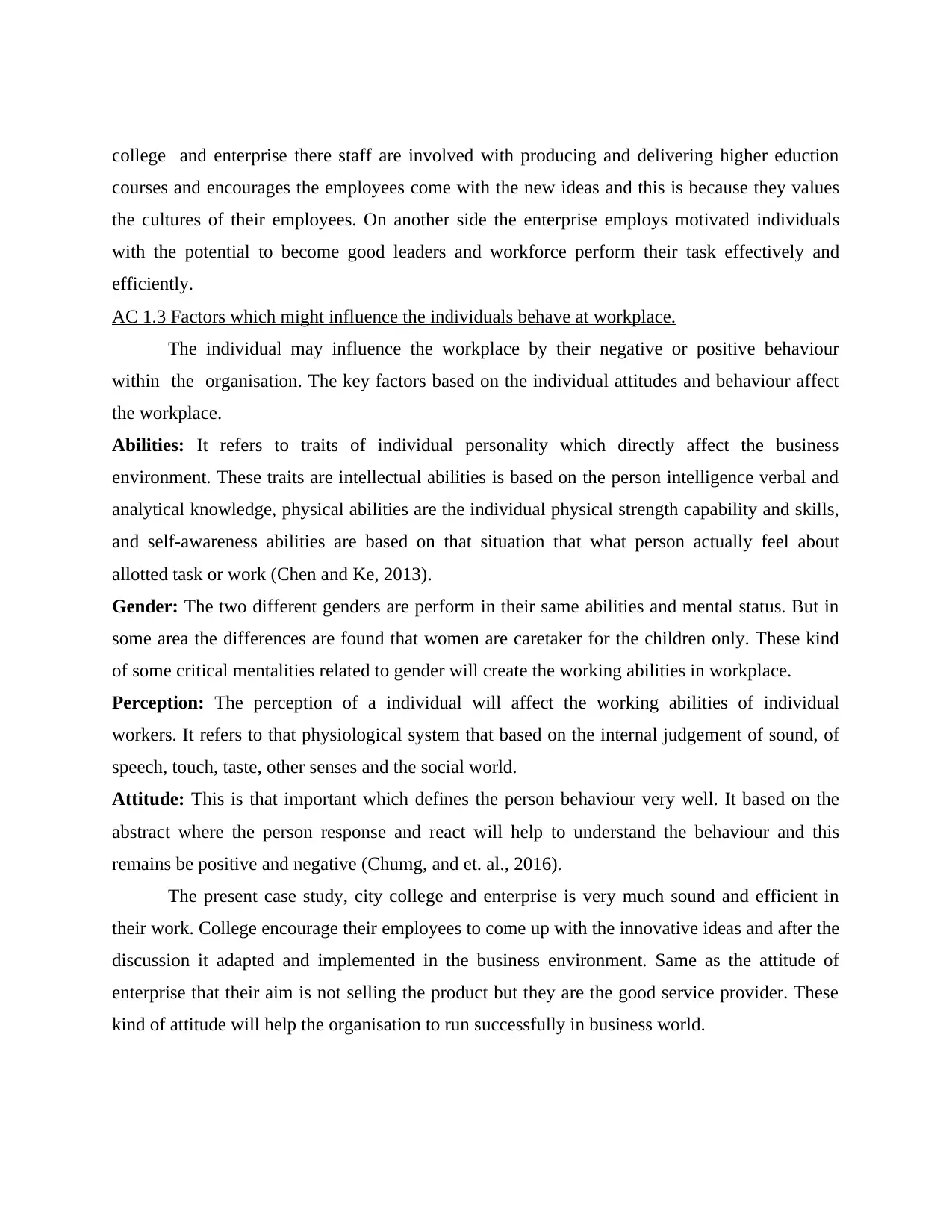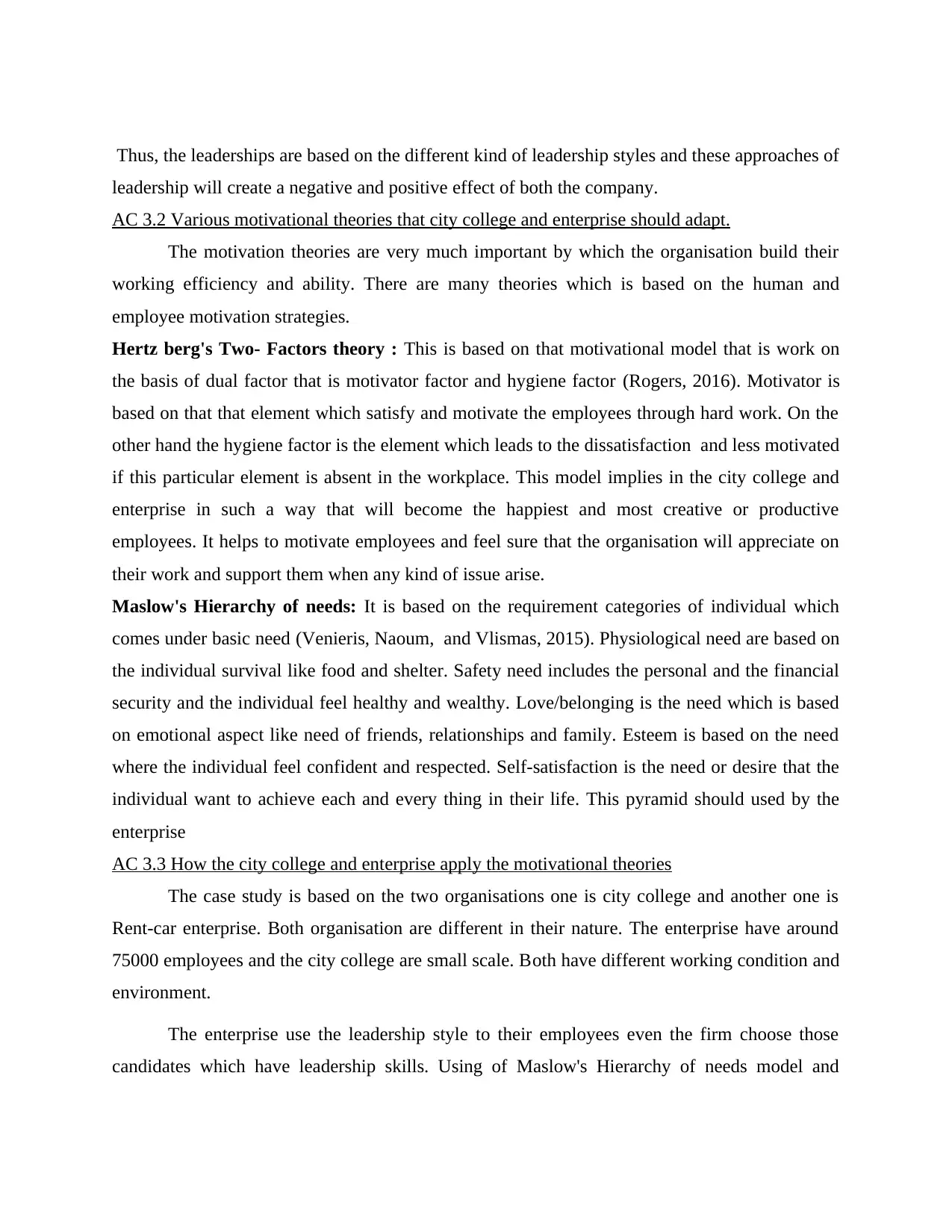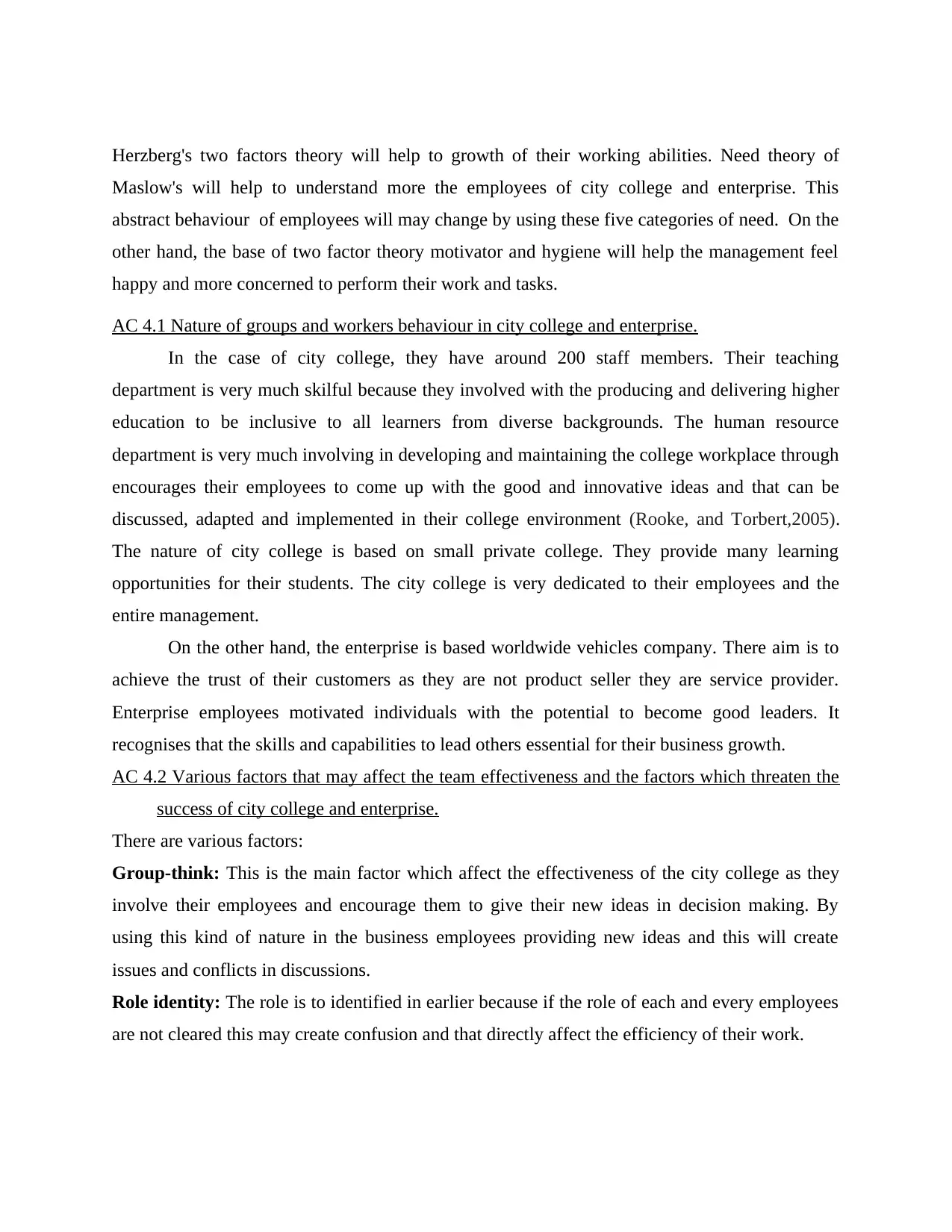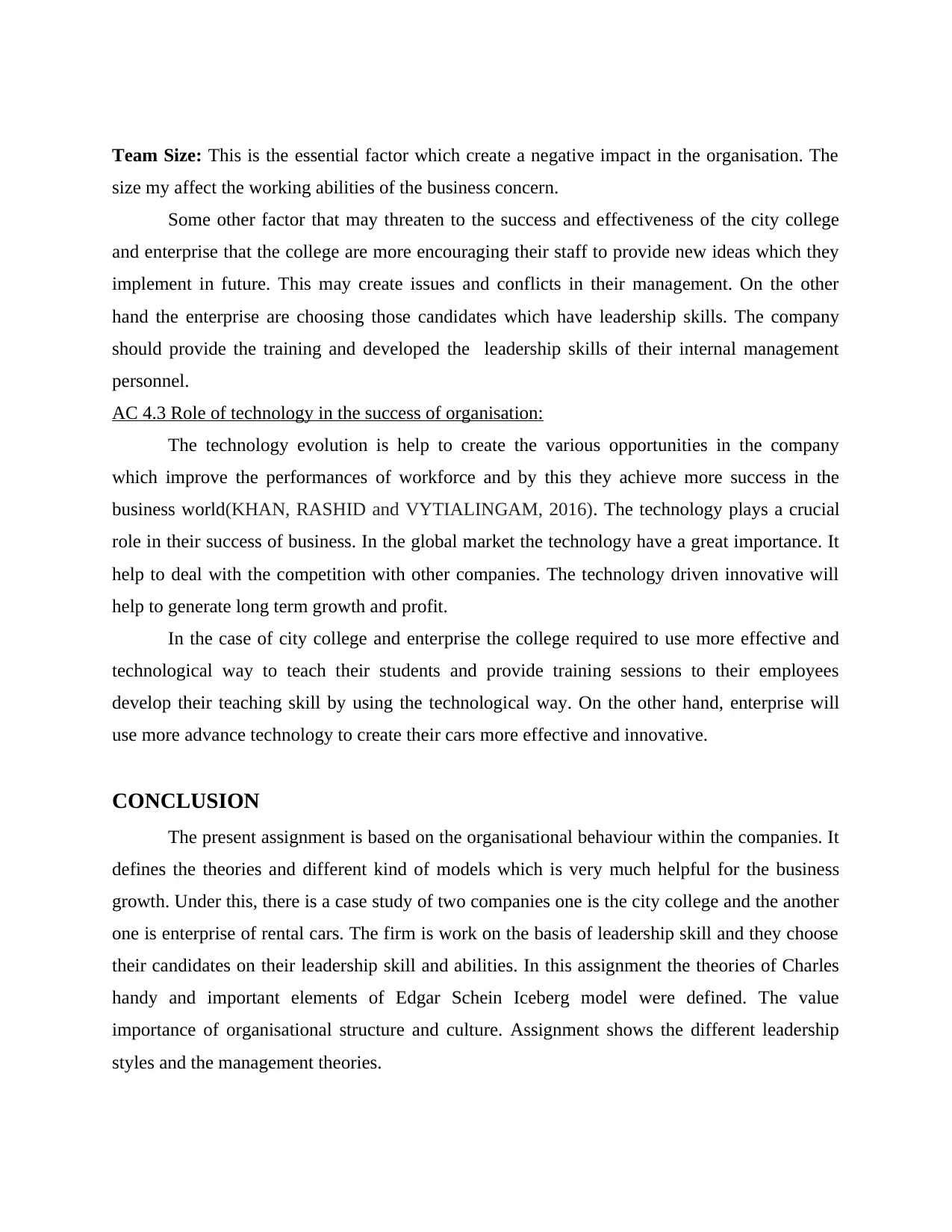This assignment requires a critical analysis of leadership styles, their impact on employee behavior, and the relationship between organizational commitment and citizenship behavior. The student needs to review various studies and research papers on these topics, including ones by Boddy (2014), Chen and Ke (2013), Chumg et al. (2016), Harrison et al. (2016), Kaila (2014), Khan et al. (2016), King (2017), Mills et al. (2013), Pradhan and Jena (2015), Rock (2014), Rogers (2016), Venieris et al. (2015), Rooke and Torbert (2005), and Nair (2017). The student should discuss the different leadership styles, such as transformational, transactional, and laissez-faire, and their effects on employee behavior, including organizational commitment and citizenship behavior.
![[object Object]](/_next/static/media/star-bottom.7253800d.svg)
![[object Object]](/_next/static/media/star-bottom.7253800d.svg)
